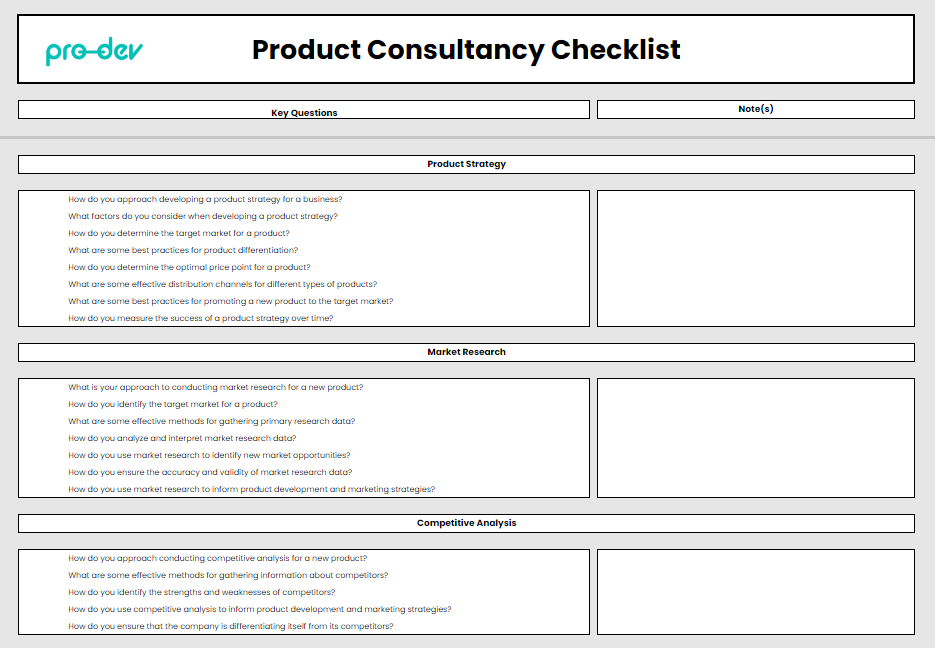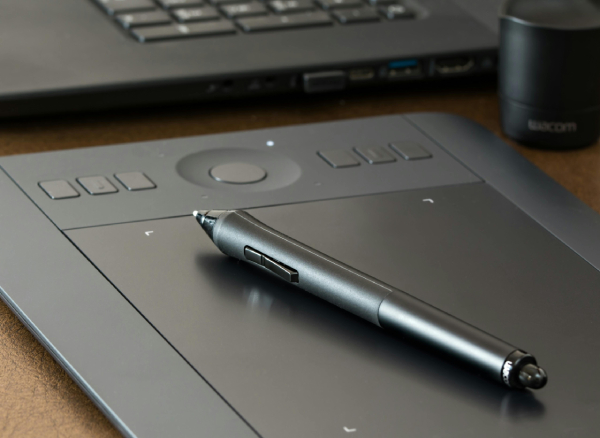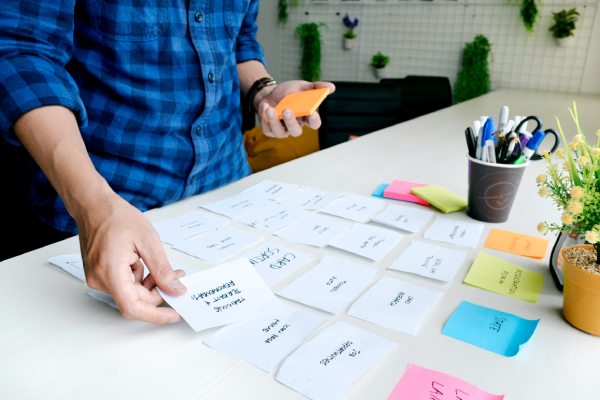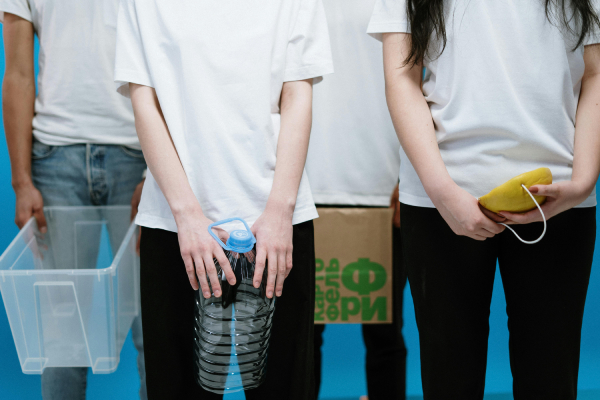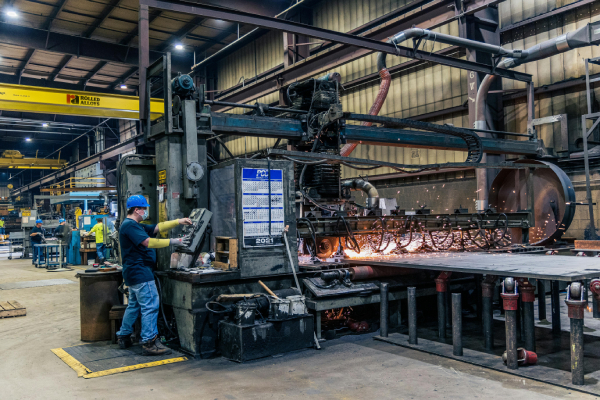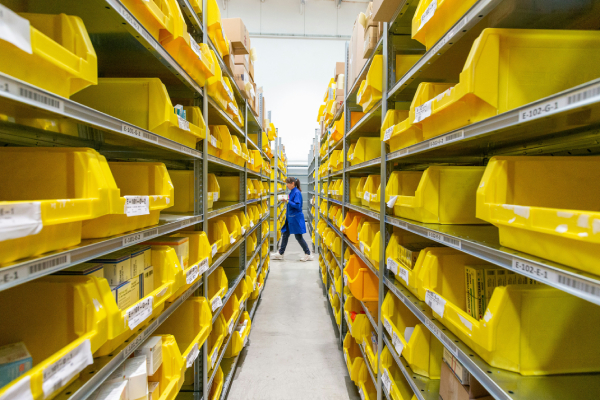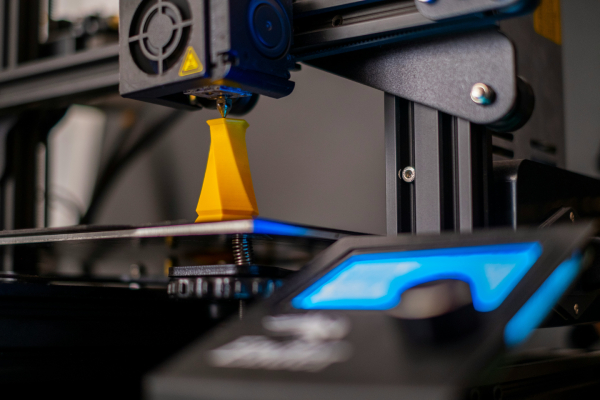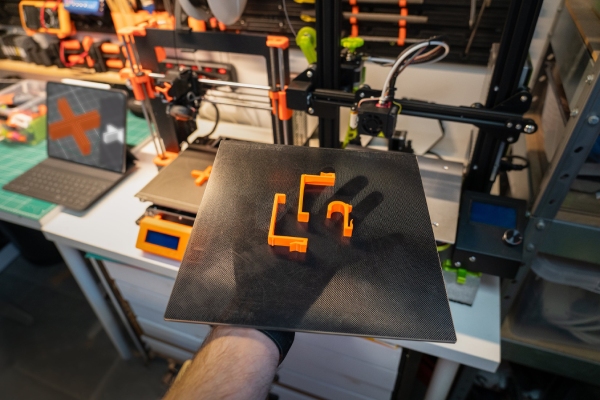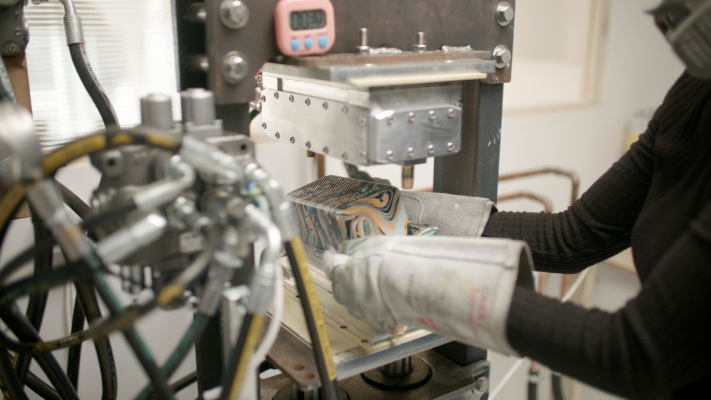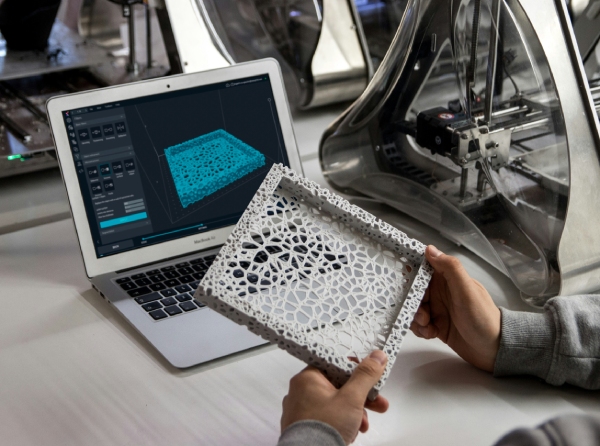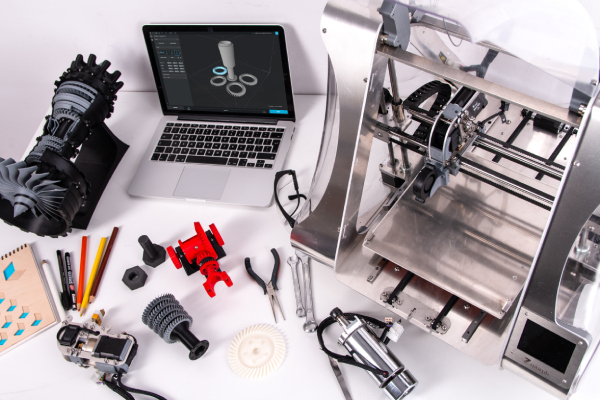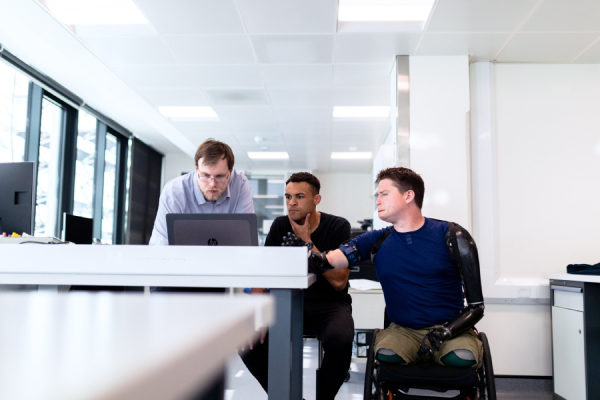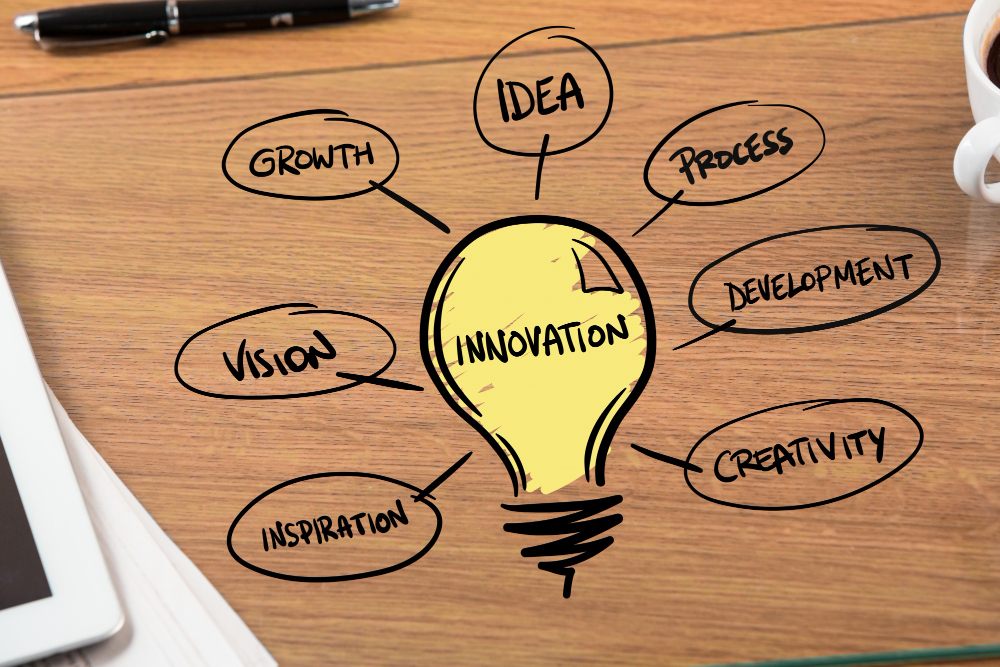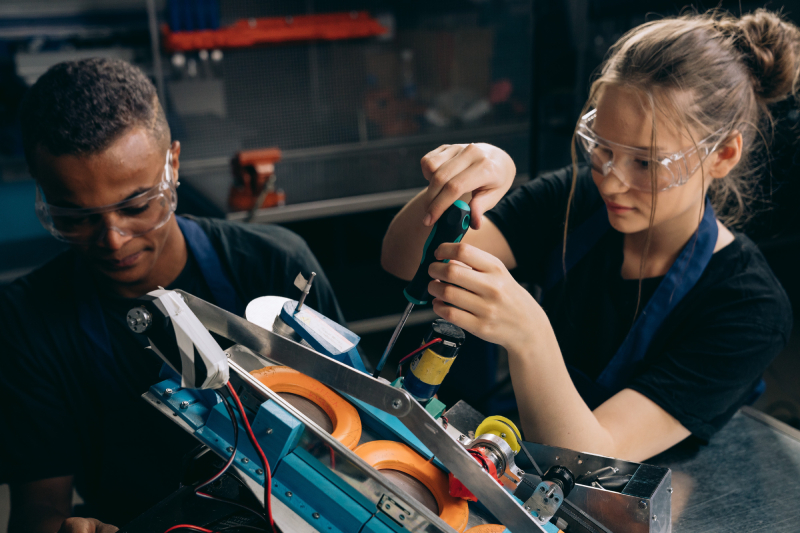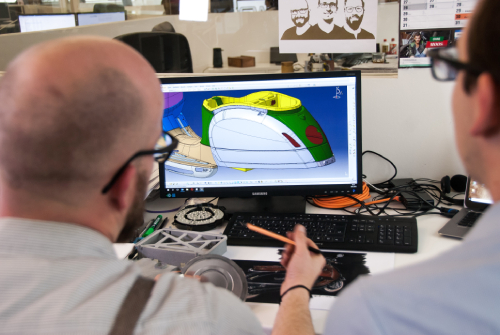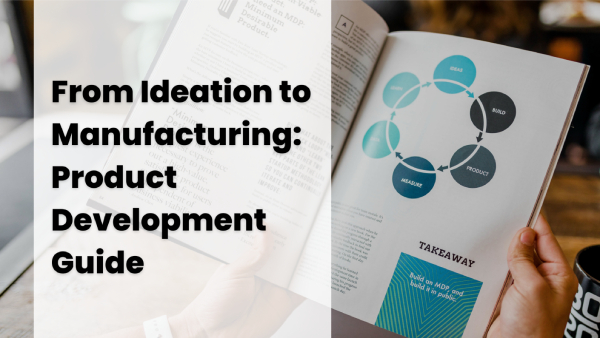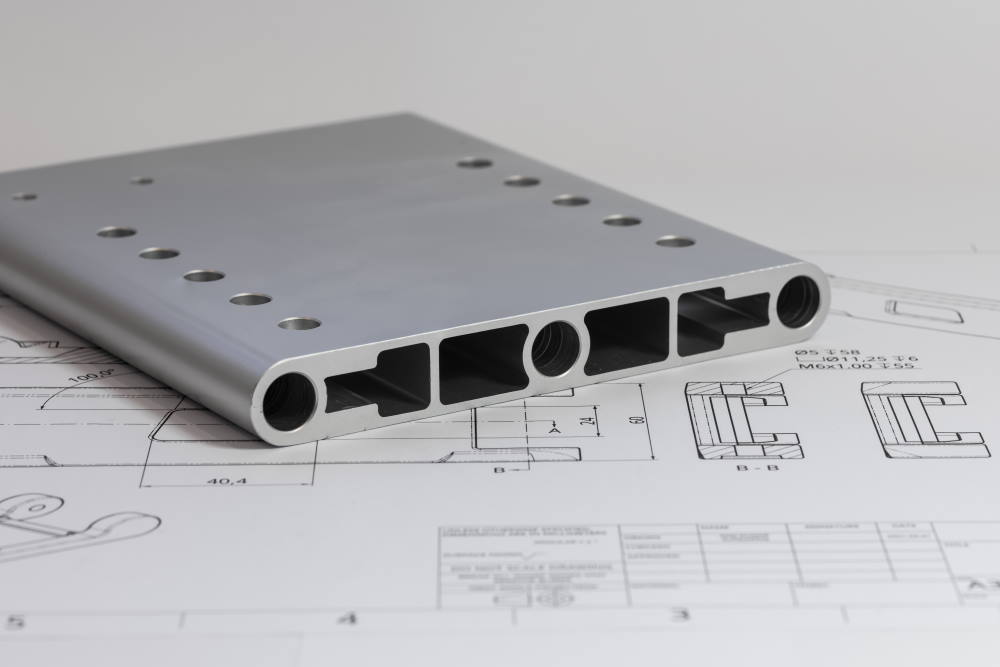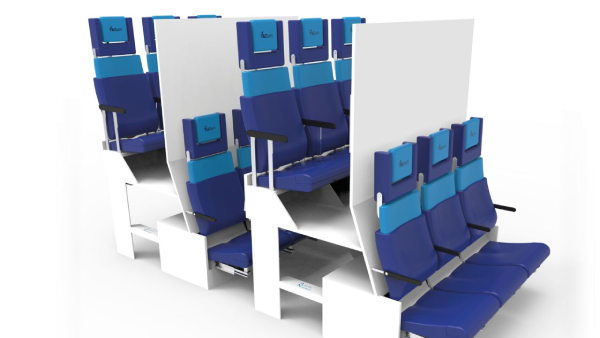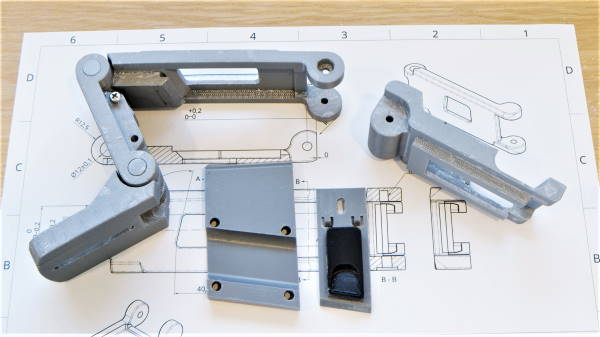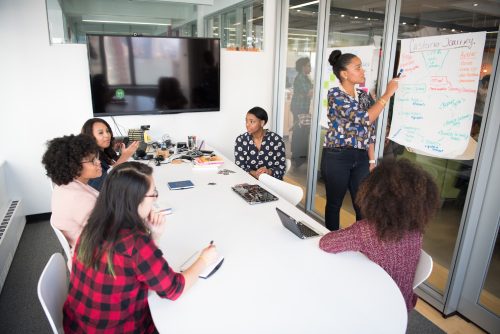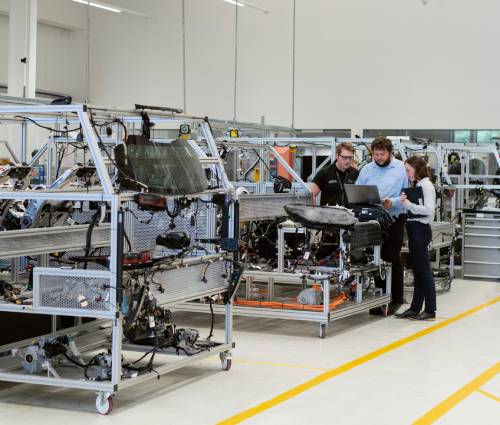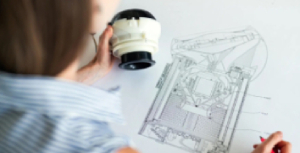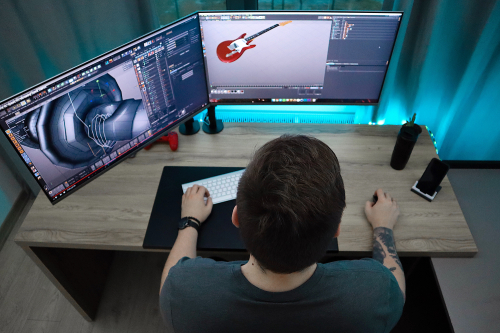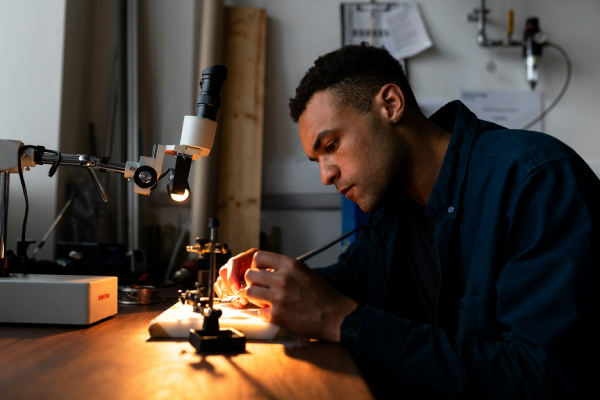
Transforming an idea into reality is a tedious process that’s fraught with hardships and challenges at every step. The risks in designing a product are high as it can lead to subpar results that can end up wasting valuable resources, time, and funds. To avoid this, many companies first test a product’s prototype.
Prototyping is the process of designing a mock-up of a product ahead of creating a final design. The purpose of a prototype is for the team to evaluate the design and address any underlying issues before releasing the product to the market. In the industrial design sector, prototyping is especially crucial since it connects conceptualisation to production and allows designers and engineers to explore different materials, aesthetics, and functionalities in a cost-effective manner.
Prototyping is vital for cultivating innovation and guaranteeing the viability of new products. In some regions, such as industrial design Sydney-based studios, prototyping is a fundamental step that supports the successful translation of visionary ideas into tangible, market-ready products. When companies in Sydney and other major cities leverage insights and data gained from prototype tests, they can refine their designs to meet the exact needs of their target audience, thereby minimising risks and maximising the potential for success in competitive markets.
But that’s not all; prototyping is an essential part of the design process for several other reasons as well:
Tests Functionality Early On
A successful product hinges on its practical design and functionality, which can be meticulously assessed through prototyping. When you make prototypes or early models of a product, you can test the idea in real life for the first time and detect any flaws and shortcomings before investing in further development. For example, you can construct a prototype of a new chair to see if it's comfortable and sturdy enough before mass production. Such an approach is invaluable for maintaining project timelines and budget constraints.
Enables Quick Iterations and Refinements
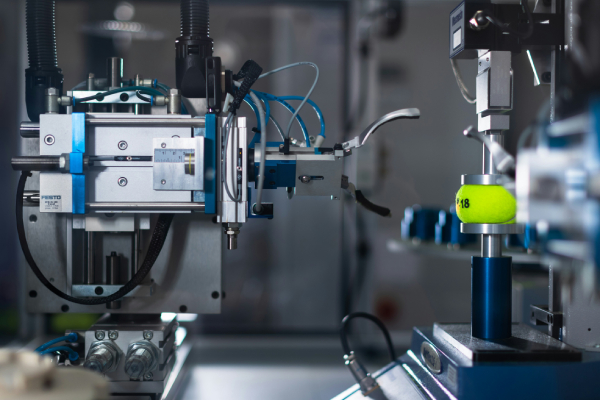
In the fast-paced environment of industrial design and production, being able to quickly identify issues and malfunctions in products and address them is key to continuous improvement. With each prototype, designers can swiftly incorporate feedback and test new ideas. This iterative process helps them enhance their designs from good to great as each version reflects the learnings and feedback from the last prototype. Prototyping also empowers designers to explore more creative solutions as they know that the impact of any changes they make in the design can be assessed promptly.
Reduces Project Costs
Initially, prototyping may seem like companies and designers are wasting money by designing dozens of mock-ups and conducting several trials of their products, but in truth, prototyping can actually help decrease overall project costs. Prototyping helps designers detect early signs of errors and correct them right away, which prevents costly modifications after production. This step ensures the final product is both effective and economical to produce as designers test out different materials and designs. This process also minimises waste and avoids the expenses of mass-producing a flawed product.
Explores Different Designs and Concepts
Prototyping grants flexibility for designers to explore multiple solutions and enables them to test various approaches to find the one that best meets user needs. This process cultivates innovation and creativity by pushing the boundaries of conventional solutions and guaranteeing that the final product is functional and relevant.
Furthermore, prototyping is important for validating initial design concepts and assumptions. Through continuous testing, it verifies the practicality of ideas and how these might resonate with the target audience. This validation confirms the project is on the right track and lays a solid foundation for further product development.
Secures Stakeholder Buy-in and Support

Developing a prototype is an essential step in bringing to life an innovative concept that stakeholders can engage with and evaluate for themselves. For instance, if an entrepreneur is developing a new smartphone app, presenting a functional prototype enables potential investors and partners to try out the app and grasp its market potential firsthand.
This tangible representation promotes support by making the benefits and functionalities of the project palpable. Prototypes also facilitate invaluable feedback from stakeholders that encourage iterative refinement. This process enhances the project's alignment with market needs and stakeholder expectations, thereby bolstering its chances for success.
Focuses on Enhancing User Experience
Last but not least, the iterative nature of prototyping emphasises the importance of user experience in the design process. Each iteration provides an opportunity to refine the product, making it more engaging, intuitive, and satisfying for the user. This focus on user experience is crucial for the success of any product, as it directly influences user satisfaction and loyalty. In today’s competitive environment, where users have high expectations and plenty of options, prioritising user experience through prototyping can be a significant differentiator.
Innovation Through Iteration: The Power of Prototyping
At this point, the importance of prototyping in the design process cannot be overstated. Prototyping proves itself to be a valuable step in the design process as it has the potential to transform groundbreaking ideas into commercially viable products that are functional and useful. When you embrace prototyping in your procedures, you demonstrate your commitment to creating and innovating products that surpass your customer’s expectations. Through this rigorous yet necessary process, prototypes evolve into their best versions that are poised for success in a competitive environment.
